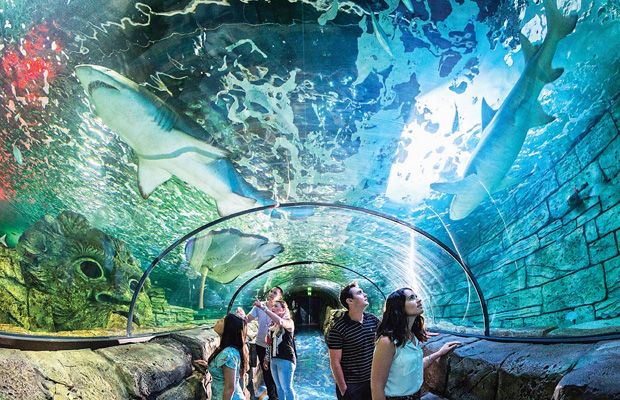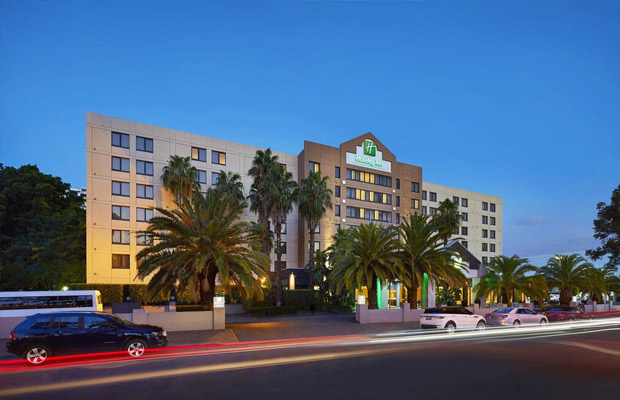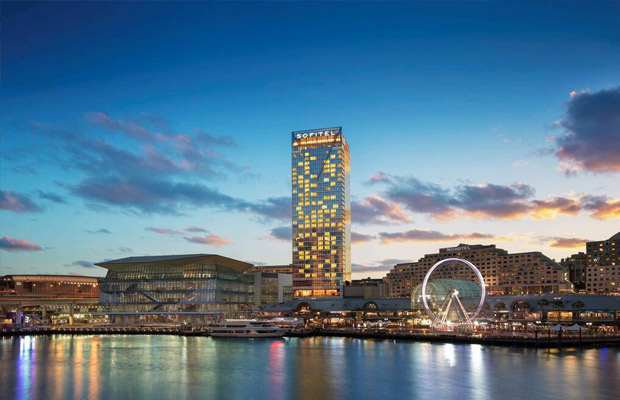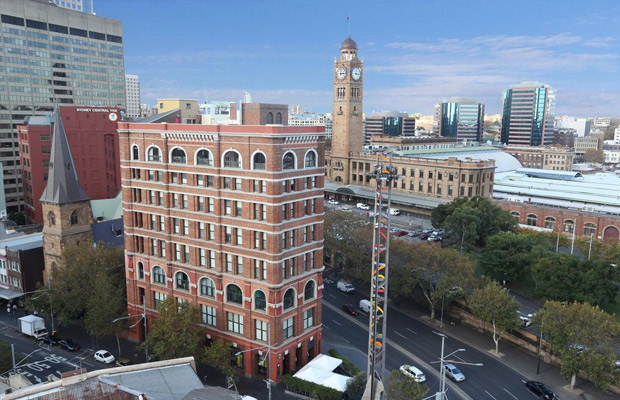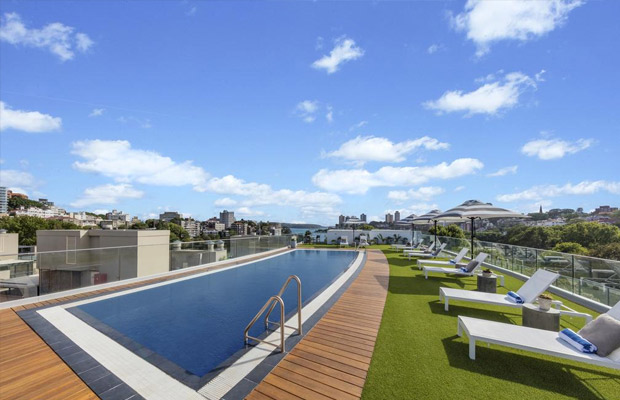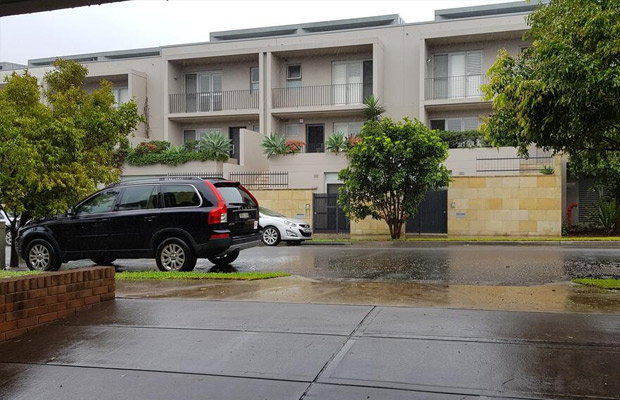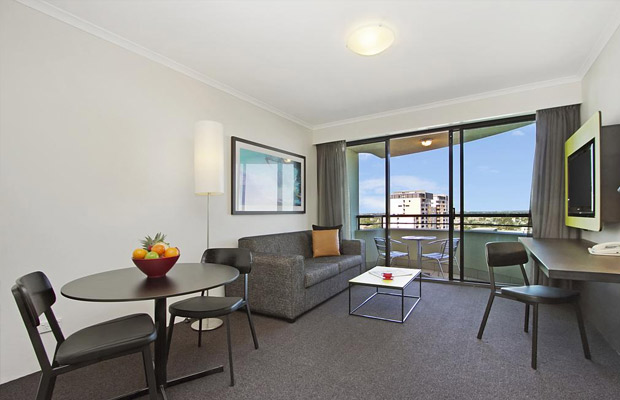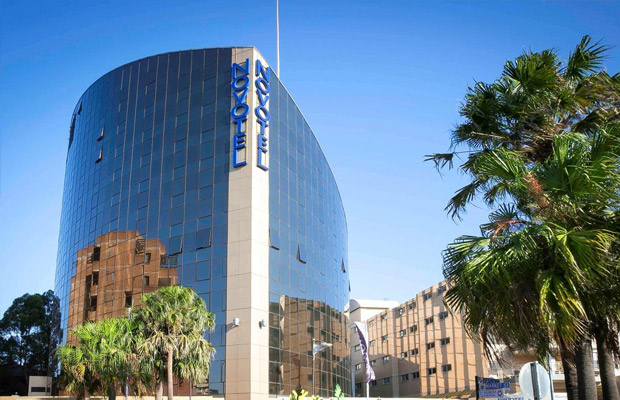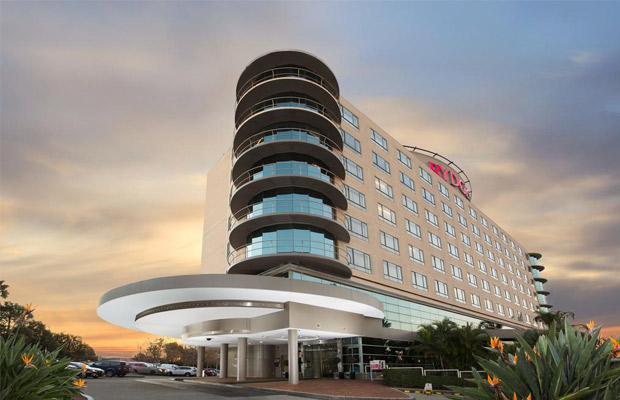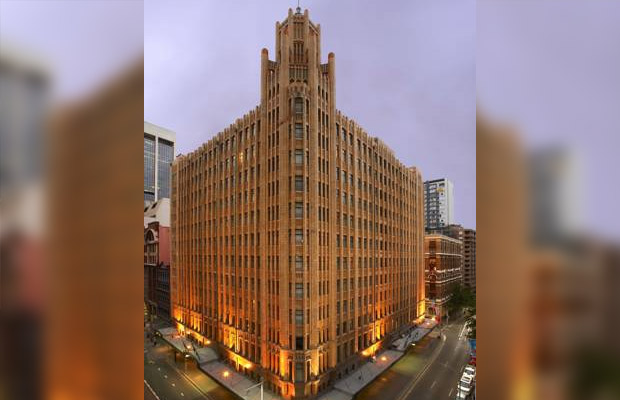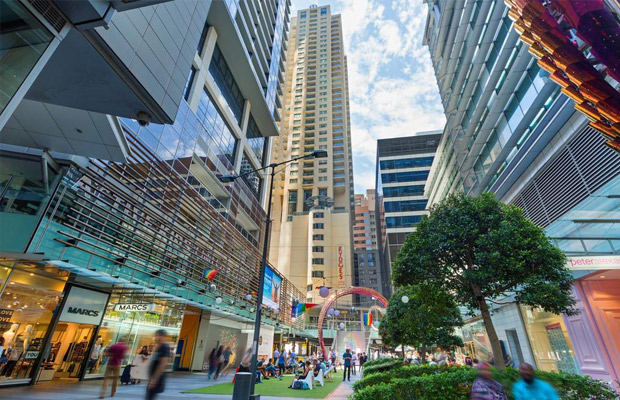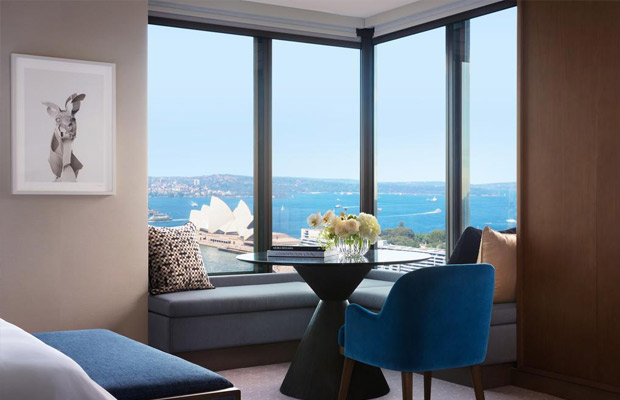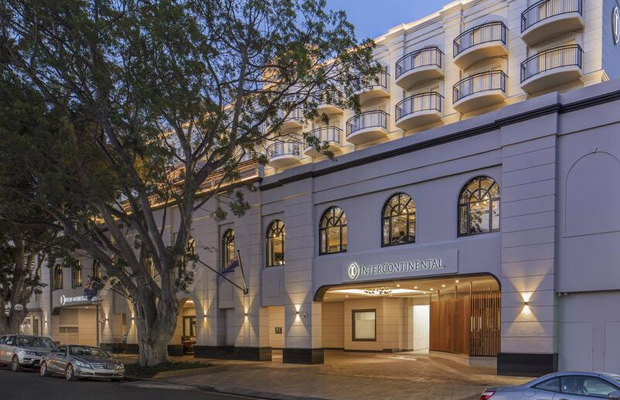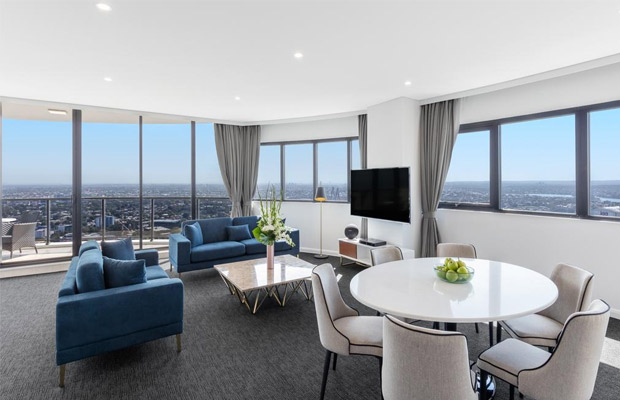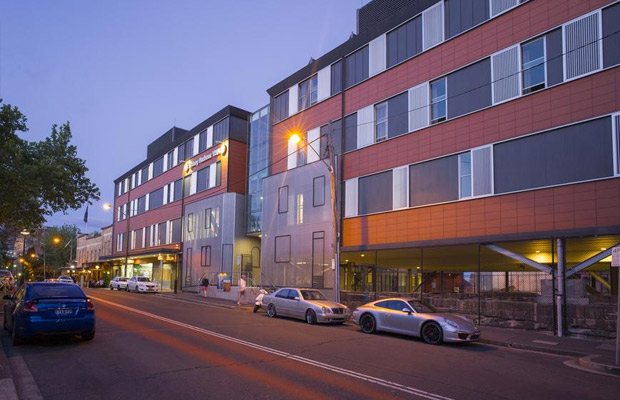Cockatoo Island
Cockatoo Island
Australia
Sydney
Sydney Travel Guide
Book Tour & Activities
Your tour in Sydney.
Book your stay
Your hotel in Sydney.
Overview
Cockatoo Island is a UNESCO World Heritage Site at the junction of the Parramatta and Lane Cove River in Sydney Harbour, New South Wales, Australia. Cockatoo Island is the largest of several islands that were originally heavily timbered sandstone knolls.
Originally the Island rose to 18 metres above sea level and was 12.9 hectares but it has been extended to 17.9 hectares and is now cleared of most vegetation. Called Wa-rea-mah by the Indigenous Australians who traditionally inhabited the land prior to European settlement, the island may have been used as a fishing base, although physical evidence of Aboriginal heritage has not been found on the island. Between 1839 and 1869, Cockatoo Island operated as a convict penal establishment, primarily as a place of secondary punishment for convicts who had re-offended in the colonies. Cockatoo Island was also the site of one of Australia's biggest shipyards, operating between 1857 and 1991. The first of its two dry docks was built by convicts.
The island is managed by the Sydney Harbour Federation Trust which is also responsible for seven other lands around Sydney Harbour. The Harbour Trust is revitalising the island as a landmark harbour attraction with cultural events and heritage interpretation. Today Cockatoo Island retains some remnants of its past. Its prison buildings have been World Heritage listed, part of a serial listing of 11 Australian Convict Sites.
Although some large workshops, slipways, wharves, residences and other buildings remain, major buildings were demolished after Cockatoo Island closed as a dockyard in 1991; pictured right. As the remaining buildings contain few of their original industrial artefacts and none of the remaining industrial heritage including the docks, caissons and cranes is operational, it is difficult to currently see how the island functioned as a dockyard for over a century.
In late March 2005 the Harbour Trust, in partnership with an event organiser, held the Cockatoo Island Festival. The event put the island on Sydney's cultural map and initiated a range of cultural activities including contemporary art installations, exhibitions and festivals.
The Harbour Trust opened a camp and glampsite on the island in 2008. The camp ground attracts some 20,000 campers a year and is a popular spot for watching Sydney's renowned New Year's Eve fireworks. In 2010, the island attracted a capacity crowd of over 2000 campers to view NYE fireworks. Other island holiday accommodation consists of five renovated houses and apartments with harbour and city views.
Sydney Ferries services Cockatoo Island as part of its Woolwich/Balmain ferry route and Parramatta RiverCat route. Day visitors are welcome, and can picnic, barbecue, visit the cafe, wander at leisure or take an audio or guided tour. Cockatoo Island is open daily and there is no admission charge.
Regular events and art installations are a feature of the island.
Cockatoo Island has grown into a versatile cultural venue on Sydney's cultural calendar. In 2008, it was a major venue partner of the 16th Biennale of Sydney, attracting over 80,000 visitors over 12 weeks. In 2010, the event attracted over 156,000 people. In 2009, Cockatoo Island hosted the Sydney Festival's "All Tomorrow's Parties" music festival. The two-day festival included twenty-four bands over four stages across the island, and was curated and headlined by Nick Cave, attracting an audience of over 11,000. The island hosted the World's Funniest Island Comedy Festival in October 2009, with 200 comedy acts appearing over a weekend, attracting over 8,000 visitors.[citation needed]
The island is also increasingly used as a venue for private events both large and small. Part of films Unbroken (film)[13] and the blockbuster X-Men Origins: Wolverine were filmed there in 2008.[citation needed] Reality television programs have also used the island as a location.
Area: 18 ha
Federal division: Division of Sydney
UNESCO World Heritage Site inscription: 2010
Part of: Australian Convict Sites
Video Travel Inspiration
See Cockatoo Island on Map
Most Popular Cities

Siem Reap
Cambodia
Ho Chi Minh City
Vietnam
Beijing
China
Paris
France
London
United Kingdom
New York
USA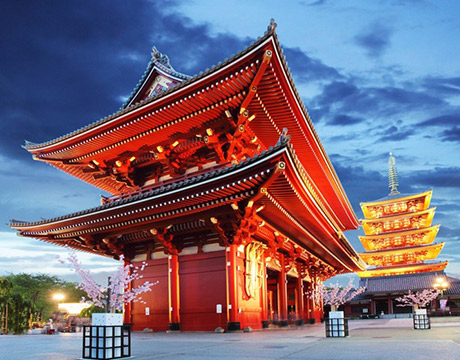
Tokyo
Japan
Bangkok
Thailand
Seoul
South Korea
Vientiane
Laos
Yangon
Myanmar
Washington DC
USA
Los Angeles
USA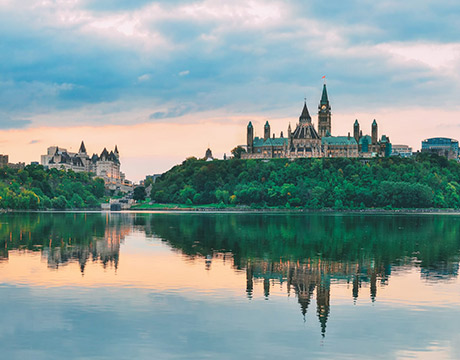
Ottawa
Canada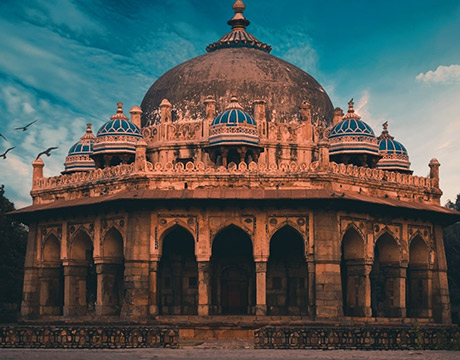
New Delhi
India
Singapore
Singapore
Kuala Lumpur
Malaysia
 English
English French
French Khmer
Khmer Thai
Thai Vietnamese
Vietnamese Chinese
Chinese Korean
Korean German
German Japanese
Japanese Italian
Italian Russian
Russian Spanish
Spanish Dutch
Dutch Indonesian
Indonesian Malay
Malay




